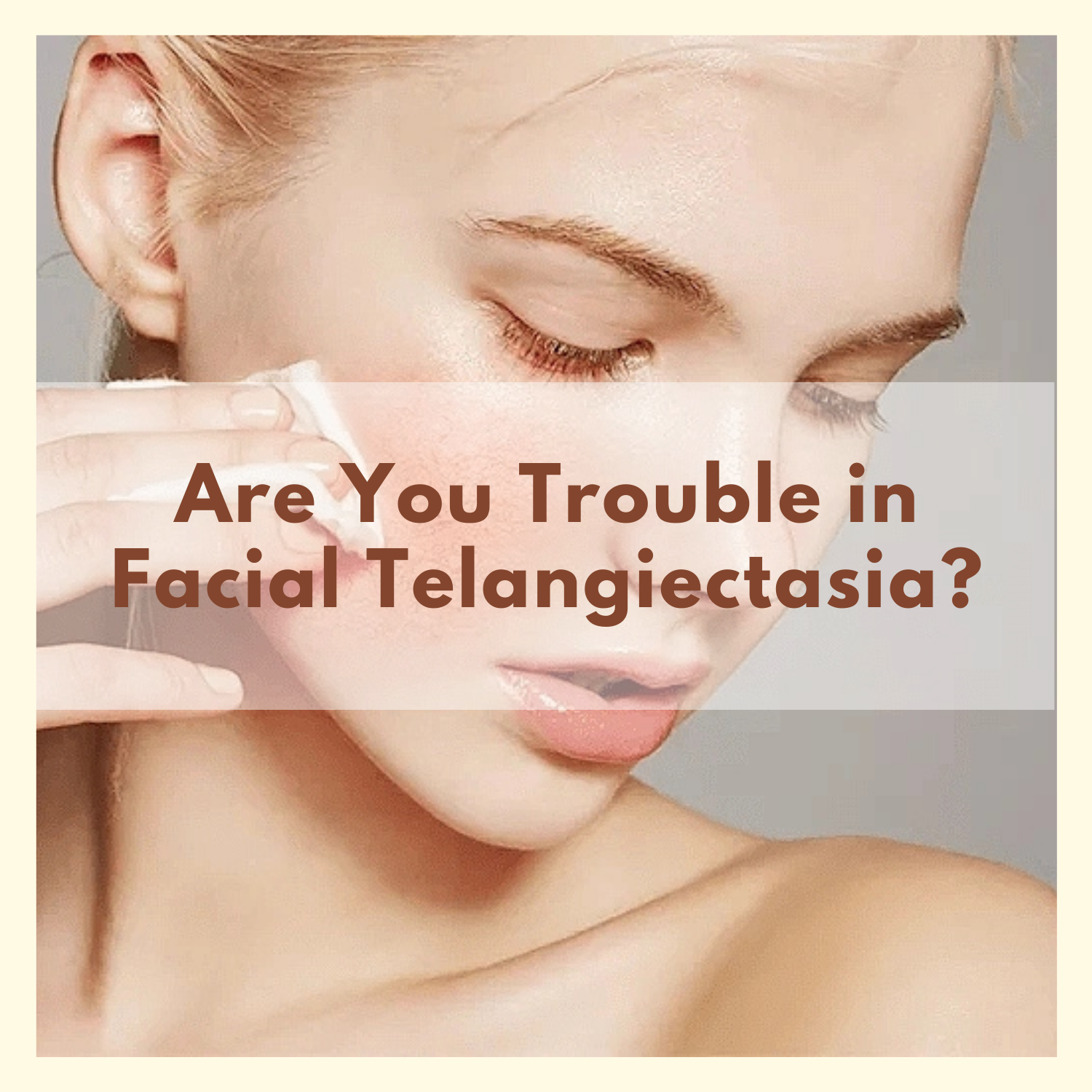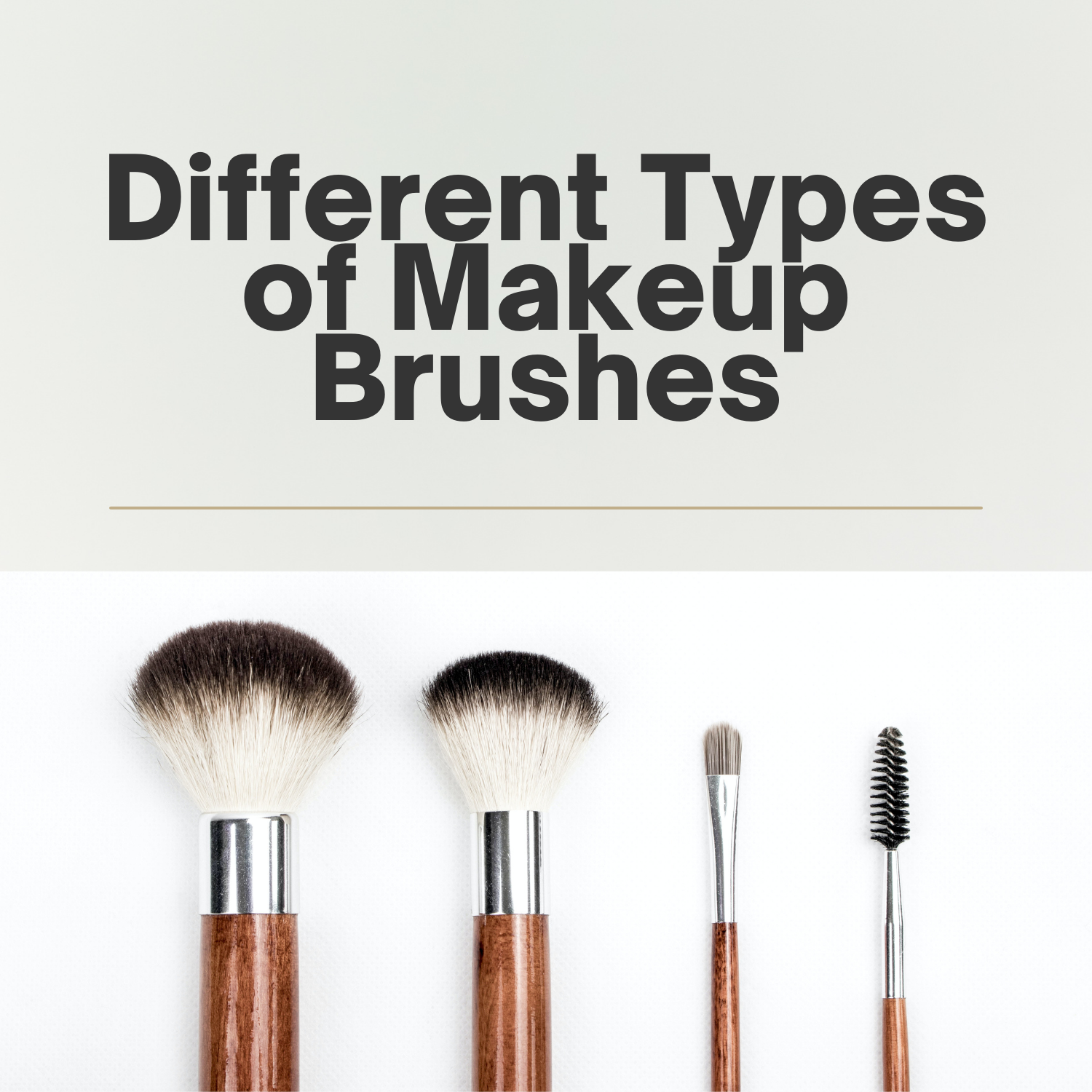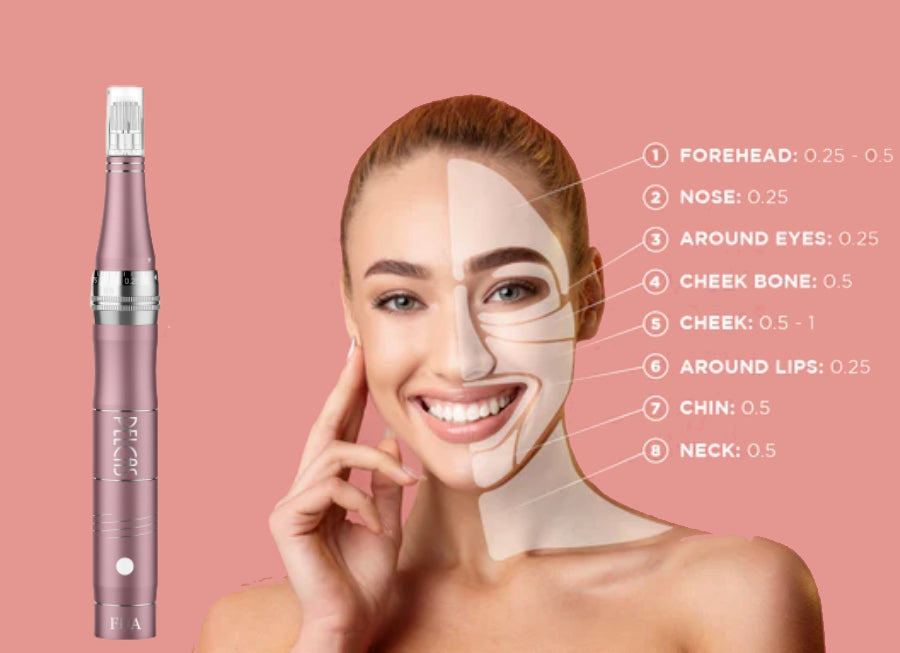Are You Trouble in Facial Telangiectasia?

Facial telangiectasia, also known as facial spider veins or broken capillaries, is a common skin condition that affects many people. It is characterized by the appearance of small, dilated blood vessels on the surface of the skin, usually on the face or neck. While this condition is generally harmless, it can be unsightly and may cause some discomfort or self-consciousness. In this blog, we will discuss the causes, symptoms, and treatment options for facial telangiectasia.
Symptoms
The main symptom of facial telangiectasia is the appearance of small, red or purple blood vessels on the surface of the skin. These may be visible as thin lines or as a network of fine, spider-like veins. In some cases, the affected area may also feel warm or itchy.
Causes
- Emotional Response: Emotions such as anger, embarrassment, or anxiety can cause the blood vessels in your face to dilate, leading to redness. This response is known as blushing and is a natural physiological reaction to emotional stimuli.
- Rosacea: Rosacea is a chronic skin condition that causes redness, flushing, and inflammation of the face. It typically affects the central portion of the face, including the nose, cheeks, forehead, and chin.
- Menopause: During menopause, hormonal changes can cause hot flashes and sweating, which can lead to redness and flushing of the face.
- Alcohol Consumption: Alcohol consumption can cause the blood vessels in your face to dilate, leading to redness and flushing. This response is known as alcohol flush reaction and is more common in people of Asian descent.
- Medications: Certain medications such as niacin, blood pressure medications, and topical steroids can cause redness and flushing of the face as a side effect.
Treatment Options
- Laser therapy: This involves using a laser to target and destroy the dilated blood vessels.
- Intense pulsed light (IPL) therapy: Similar to laser therapy, IPL uses a broad spectrum of light to target and destroy the blood vessels.
- Sclerotherapy: This involves injecting a solution into the affected blood vessels, causing them to collapse and fade over time.
- Topical creams: Some topical creams may help to reduce the appearance of facial telangiectasia by strengthening the blood vessel walls and reducing inflammation.
- Microneedling pen: Microneedling is a popular cosmetic procedure for women and men looking to enhance their beauty through their body’s natural response to puncturing the skin. This triggers your body’s natural healing process which treats your skin through production of collagen and elastin, which promotes healthy skin and keeps it soft and youthful-looking.
In conclusion, facial telangiectasia is a common skin condition that can be treated with a variety of methods. If you are concerned about the appearance of broken capillaries on your face or neck, it is recommended that you speak to a dermatologist or other qualified healthcare professional for advice on the best course of treatment.





Comments